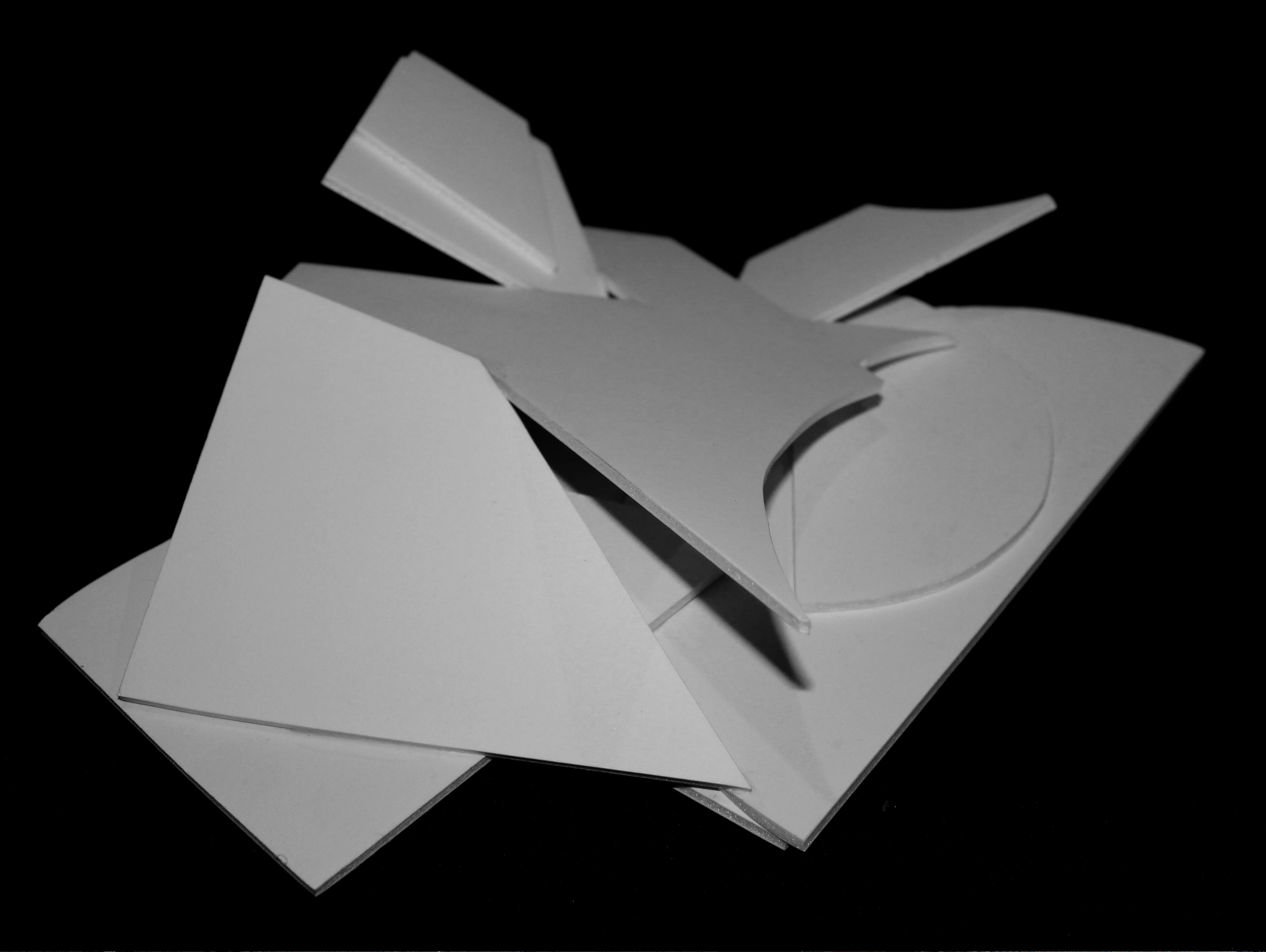TERRACOTTA - FALL 2018
[Clay; Foam Core ; Wood ; Sponges; X Board ; Chip Board ; Rhino ; VRay ; Adobe Illustrator ; Adobe Photoshop ; Revit]
The process of estrangement involves manipulating the perception of an object to the point where it is no longer recognizable or placeable. Questioning the “realness” of the object is a key component of this phenomenon, and applying this to architecture could dramatically impact our understanding of the word “reality.“
“Plato described our fate as one where we’re stuck in a world of shadows, doomed to never see things as they actually are.” - David Ruy, The Estranged Object, pg. 10
In a world where architecture is a familiar anchor of what can and cannot be real, as building technology is limited to a number of factors including constructibility and cost, it would be important to consider ways in which the perception of architecture may be skewed or morphed to cause people to question how it’s made, what it’s made of, and why it’s “weird.” The key in doing this would be to create new associations with the architectural object that weren’t previously present. This could be done with formal qualities (for example, utilizing concepts from anthropomorphism) or by taking commonplace materials and making them unrecognizable. Unidentifiable form or material straddles the line between the real and unreal quite simply because the building itself appears to be something else entirely.
“Methods of material layering or aggregation are often deployed in a manner that displays a certain literalness or deference to the traditional properties of specific materials.” -Nader Tehrani, Difficult Synthesis, pg. 54
Moldability, extrudability, pliability - all of these qualities allow terracotta to be a versatile material when designing the facade of a building. Creating a form different than the typical rectilinear extruded sheets alters the perception of the material by encouraging different associations onto the object. Though there is respect given to the material - in terms of what it physically can and cannot do - there is a disconnect from what it is (extruded terracotta woven into a mold) and what it appears to be. Perhaps it could be described as a pile of Play-Doh noodles, a brick of ramen, a tangle of snakes, or something else. This metaphor that consists of what it could look like, or the associations that we have with wiggly and tangled forms, and the literalness of the material pulls the architectural object away from having terracotta’s traditional static, decorative, and fragile associations. Instead, understanding of the object and its qualities is procured from both visual and physical sensations. Sight and touch play a key role in encouraging people to become involved in the estrangement process to discover what the thing actually is.
“The literal meaning of a thing is its meaning as exhaustively unfolded for the hearer or viewer … by contrast, the metaphor seems to give us the thing in its autonomy from the other things to which it relates.” - Graham Harman, Aesthetics Is the Root of All Philosophy, pg. 93-94
By applying the woven terracotta panels to every visible surface of the new addition, two distinct and opposite object qualities are created. At at distance, the addition appears to be one massive accumulation that brings about questions about the materiality itself: “What is it made of? What does it feel like? ” In close proximity, however, the once massive construction is dissolved to reveal individual panels that are smooth in texture. The perceptual change caused by increasing/decreasing the distance from the architectural object is key in stimulating the phenomenon of estrangement, and the subsequent interaction between object and viewer at the smaller scale allows for a tangible moment between the real and unreal.





















